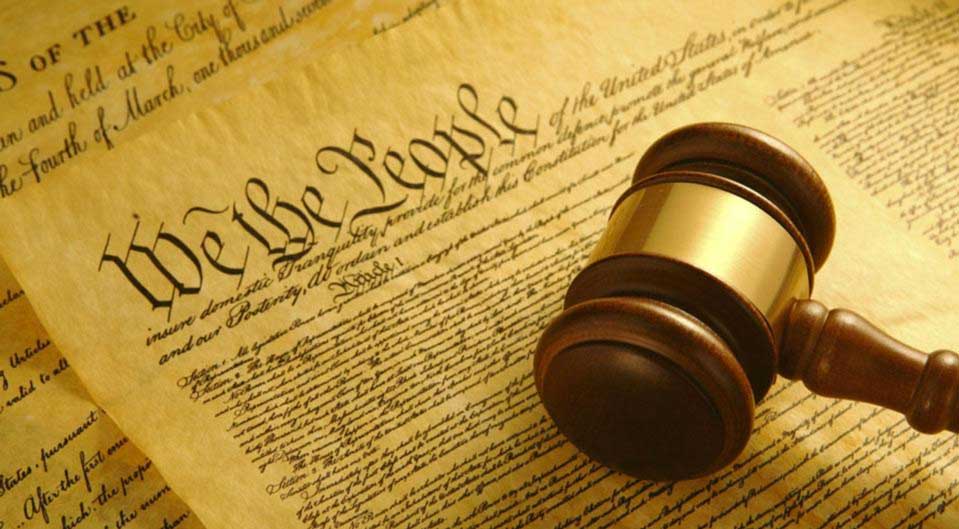As the November elections approach, we wondered if our readers know exactly what each of our state’s elected officials are responsible for in the roles that they are campaigning for. Some have been in the positions before (incumbents) while newly elected officials will be taking on their responsibilities for the first time.
Take a look at each of the state and federal job responsibilities, and understand what is expected of each candidate before you choose who you believe can fill the role the best for Minnesota and our nation.
Minnesota Senate
The Minnesota Senate is the upper house of the Legislature of the U.S. state of Minnesota. At 67 members, half as many as the Minnesota House of Representatives, it is the largest upper house of any U.S. state legislature
In addition to its legislative powers, certain appointments by the governor are subject to the Senate’s advice and consent. As state law provides for hundreds of executive appointments, the vast majority of appointees serve without being confirmed by the Senate; only the most controversial are traditionally rejected by the body. The Senate has rejected only seven executive appointments since 2000.
Minnesota House of Representatives
The Minnesota House of Representatives is the lower house of the Legislature of the U.S. State of Minnesota. There are 134 members, exactly twice as many as the Minnesota State Senate.
Alongside the Minnesota State Senate, it forms the legislative branch of the Minnesota state government and works alongside the governor of Minnesota to create laws and establish a state budget. Legislative authority and responsibilities of the Minnesota House of Representatives include passing bills on public policy matters, setting levels for state spending, raising and lowering taxes, and voting to uphold or override gubernatorial vetoes.
U.S. Senator
The United State Congress legislature consists of two chambers: the House of Representatives and the Senate. The Senate is composed of senators, each of whom represents a single state in its entirety, with each state being equally represented by two senators, regardless of its population, serving terms of six years.
As the upper house, the Senate has several powers of advice and consent which are unique to it; these include the ratification of treaties and the confirmation of Cabinet secretaries, Supreme Court justices, federal judges, other federal executive officials, flag officers, regulatory officials, ambassadors, and other federal uniformed officers.
The Senate is widely considered both a more deliberative and more prestigious body than the House of Representatives due to its longer terms, smaller size, and statewide constituencies, which historically led to a more collegial and less partisan atmosphere.
Senators serve terms of six years each; the terms are staggered so that approximately one-third of the seats are up for election every two years. This was achieved by dividing the senators of the 1st Congress into thirds (called classes), where the terms of one-third expired after two years, the terms of another third expired after four, and the terms of the last third expired after six years. This arrangement was also followed after the admission of new states into the union. The staggering of terms has been arranged such that both seats from a given state are not contested in the same general election, except when a mid-term vacancy is being filled. Current senators whose six-year terms are set to expire on January 3, 2019, belong to Class I. There is no constitutional limit to the number of terms a senator may serve
U.S. House of Representatives
The United States House of Representatives is the lower chamber of the U.S. congress, the Senate being the upper chamber.
The members of the House of Representatives serve two-year terms representing the people of a single constituency, known as a “district.” Congressional districts are apportioned to states by population using the United States Census results, provided that each state has at least one congressional representative.
Article I of the United States Constitution states, “All legislative powers herein granted shall be vested in a Congress of the United States, which shall consist of a Senate and House of Representatives.” The House and Senate are equal partners in the legislative process – legislation cannot be enacted without the consent of both chambers. However, the Constitution grants each chamber some unique powers. The Senate ratifies treaties and approves presidential appointments while the House initiates revenue-raising bills. The House initiates impeachment cases, while the Senate decides impeachment cases.
The Congress of the United States serves two distinct purposes that overlap: local representation to the federal government of a congressional district by representatives and a state’s at-large representation to the federal government by senators.
President
The president of the United States (POTUS) is the head of state and head of government of the United States of America. The president directs the executive branch of the federal government and is the commander-in-chief of the United States Armed Forces.
Article II of the Constitution establishes the executive branch of the federal government and vests the executive power in the president. The power includes the execution and enforcement of federal law and the responsibility to appoint federal executive, diplomatic, regulatory, and judicial officers. Based on constitutional provisions empowering the president to appoint and receive ambassadors and conclude treaties with foreign powers, and on subsequent laws enacted by Congress, the modern presidency has primary responsibility for conducting U.S. foreign policy.
We hope this helps you make a more educated choice when you got to the voting poles this coming mid-term election.
Some facts provided by Wikipedia.








